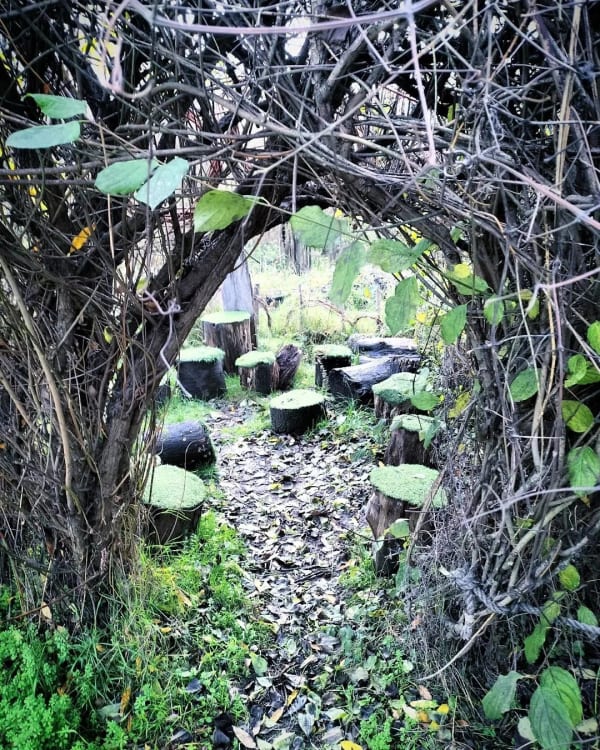-
SOMATIC Practices
-
‘Our bodies and minds are inseparable, inter-related systems that carry the impact of all our past experience and those of generations which preceded us’ - MJ Barker.
Somatic practices are those that see our bodies at sites of knowledge, pleasure and learning. They are ‘embodied’ and can include dance and movement as well as more contemplative approaches that look to unite the mind and body in more holistic ways.
This year, we have commissioned a creative programme to test out somatic approaches that explore the resonance of this work within specific LGBTQ+ contexts - whether that be around gender diversity, bodies in migration or what it means to ‘move’ feelings of shame or more fully connect to the natural world through our body senses.
-
-

Winter Wilding
Eco-therapists Becca Parkinson and Ly Orrock lead workshops that are a unique blend of experimental movement, ritual, moments of rest, and art-making using natural materials. Designed to center Queer and Trans wellbeing, participants are invited to engage with nature, embracing its fluidity and ever-evolving nature. These workshops took place at the nearby, Greenwich Ecology Centre, with whom QUEERCIRCLE have collaborated on a number of different projects.
-

Moving Shame
Gemma Lucas is a Yoga teacher and researcher who explores how shame is an under-acknowledged factor in our mental health, especially when underpinned by harmful gender norms. Her workshops allow for gentle reflections on our own personal experiences of the discomfort of shame and its social and cultural causes. ‘Together we will explore how creative practices can help us to (re)move shame in our bodies and lives.’
-

Eye to Eye
Jose Funnell is an interdisciplinary artist and dancer who explores the radical potential of embodiment as a site of liberation, healing and exchange in service of collective transformation. Using somatics, social dance, and various technologies of the gaze, their work examines practices of looking and representing as historic mechanisms of power, as well as the role fantasy and collective imagery play in world building. Their practice brings awareness to the experiential dynamics of sharing space and the emancipatory potential of generating agency within contexts of marginalisation.
-


